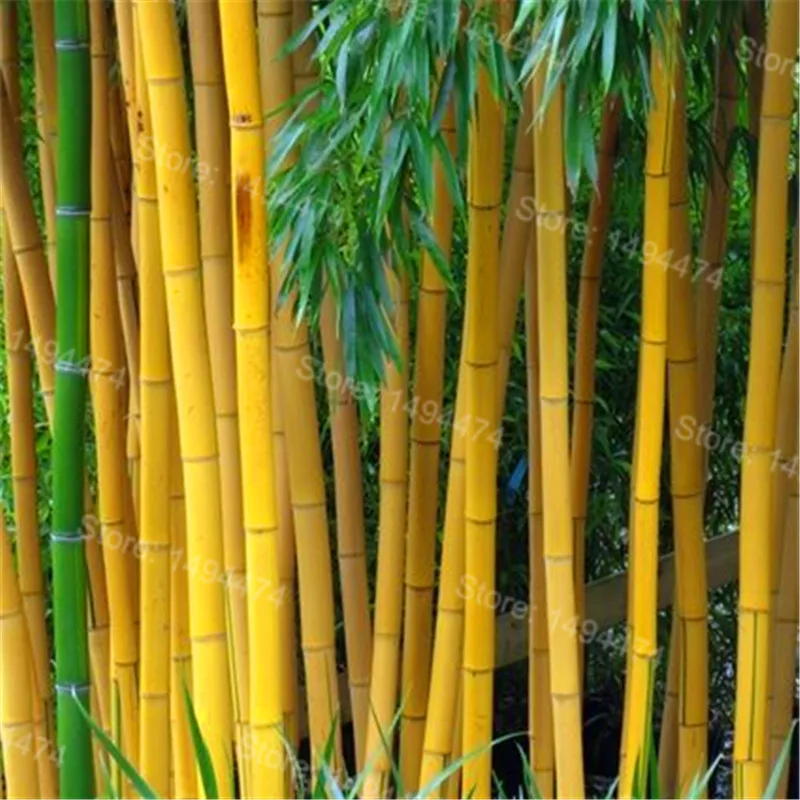

OnlyMoso Bamboo forms an excellent noise barrier, windbreaker and has no impact on deforestation. The bamboo has the properties to absorb the pollutants present in the atmosphere. Dissimilar from hardwood trees, bamboo regrows after harvesting, just as grass regrows after being cut, this renewable resource is one of the fastest growing plant species. A new bamboo plant is ready to harvest after three to six years, contingent on the species. Under the right conditions, it can grow almost 3 feet per day. One Acre of Moso Bamboo Forest can store over 74,000 liters of water in its culms throughout rainy season which gradually gets deposited back into the soil during dry season.Ĭhop down a hardwood tree and it’s gone, it will be many decades to for another to grow in its place. Landfills could be brought back to their original cultivation offering generous profits and materials. Continuously falling Bamboo leaves enrich the soil releasing vital rich compost, thus creating the ideal conditions for plant life to prosper. Bamboo Plantations offer an ethical environmental solution consisting of precious food, textiles and building materials. Statistics which are vital for the international system of carbon trading.īeyond the mere business interests, our Planet is in danger and our future is at stake. Agriculture studies in commercial bamboo plantations in Italy show that Moso Bamboo has the capability of capturing 52 tons of carbon dioxide per acre in the first 7 years after planting. Bamboo captures massive amounts of carbon dioxide which then converts into oxygen. Moso Bamboo forests have many environmental benefits, because they absorb carbon dioxide, produce oxygen, control soil conditions, produce organic matter, conserve biological diversity, beautify the landscape, and contribute to the cleansing and sustainable development of the environment. Hence originates our idea of eco-investment. Fortunately, after 2-3 years of decline, the investments in renewable energies started to increase again, by about $270 billion worldwide. At the same time it opens a new and profitable road. Precisely in this regard, the manifest “Terra Viva” (“Living Earth”) was presented at Expo 2015, aiming to increase the level of protection for the environment, combating the greenhouse effect and soil erosion. One acre of adult Moso bamboo can also generate 14.33 times more biomass compared to many other timberland species.


Bamboo has superior characteristics than most biomass feed stocks and fitting for both thermal and biochemical pathways. Bamboo biomass can be treated in several ways to yield different energy products (charcoal, syngas and biofuels), which can be substitutions for existing fossil fuel products. OnlyMoso bamboo plants enhance the land, protecting it from landslides and water cycle disturbances with its dense root system.īamboo biomass has huge potential to be another solution for fossil fuel. Moso Bamboo can be grown on all terrains, such as former urban landfills, converting them into parks. There are currently no GMO variants of the OnlyMoso giant bamboo.In fact, the OnlyMoso giant bamboo absorbs 5 times more carbon dioxide, and produces about 35% more oxygen than oxygen emitted by other types of trees. It grows naturally without the use of harsh chemicals/pesticides or machinery.The extensive root system keeps soil compact, preventing erosion caused by water, and improves its quality.OnlyMoso giant bamboo is an excellent resource with regard to eco-sustainability:


 0 kommentar(er)
0 kommentar(er)
